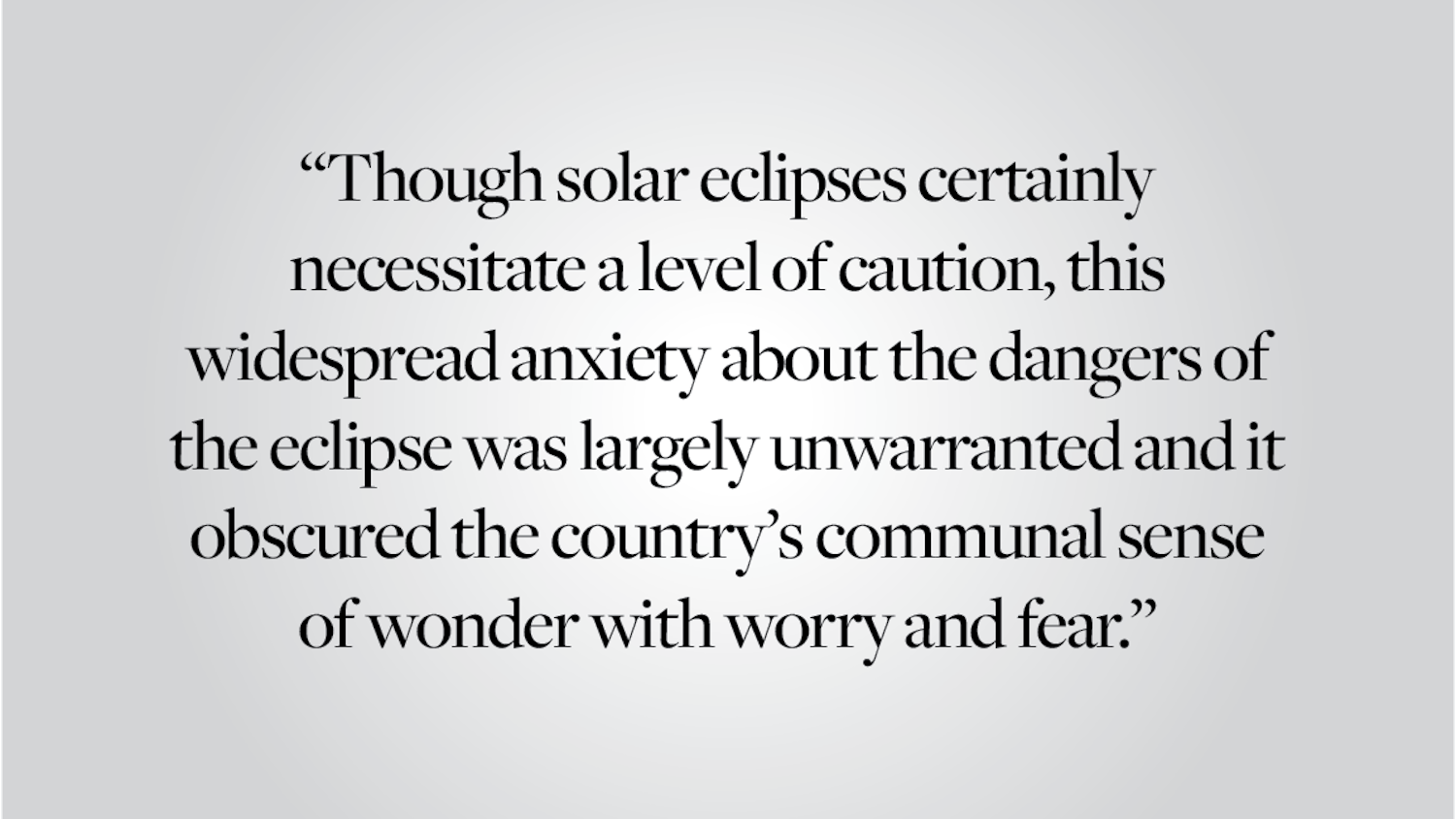It is that time of the year again — college admission decisions are now being released. All of the hard work and dedication that current high school seniors have demonstrated for the past four years will now be tested, scrutinized and reviewed.
To those who have been accepted to their first-choice schools: congratulations. But to those who are disappointed by the decisions that seem to matter so much: It does not matter as much as you think.
The admission structure of American schools differs from that of schools in other countries. Though a student’s grades and test scores play a big role, there are many other factors that are indispensable to an applicant’s success. While this contributes to the well-roundedness of many potential candidates, this supposedly holistic approach is also built on arbitrary decisions made by a panel of admission officers.
So, a typical question that one might expect from students after the decisions are released: Should students take advantage of colleges releasing admission details to make the process more transparent? Or more specifically, should Brown students?
There may be additional benefits involved with releasing the files. Students can perhaps gain some insight into what they lacked that disqualified them or what they had that qualified them. Future candidates may be able to learn from these insights and improve their applications.
Several students at Stanford University recently requested access to their admission files, and the school was bound by federal law to comply, the New York Times reported. The students who requested to view the written or numerical assessments of their applications were granted access.
Brown students should not request access to admission files. Releasing such information would only worsen the worst aspects of the admission process and, in particular, the dilemmatic aspect.
Prisoner’s dilemma has become one of the more popular terms describing the process. If you have taken any sort of introductory economics course, you know what I mean.
This phrase describes a situation in which two people are left with two choices that will impact each other. The dilemma leads the two people to each choose the option that appears to have the greatest possible individual benefit but that in turn hurts both of them.
Let me explain prisoner’s dilemma with a specific example. Two high school students are left with two choices: to study for the SAT or not. Obviously, the better course of action for the individual is to study for the SAT. But when both individuals choose to study, the overall relative situation has not changed, and both are actually worse off, having spent all of their money and time.
This phenomenon obviously applies to areas beyond mere standardized tests. Volunteer work, sports, music and tutoring for classes can all be considered evidence of the prisoner’s dilemma at work. The more students elect to participate in these types of extracurricular activities that align with their individual interests, the more it hurts the overall pool of applicants by making non-academic components of an application normalized and expected.
The effect of this dilemma is evident when a current college student speaks to someone from an earlier generation about the application process. I have found that older individuals are usually surprised by the larger amount of work students today put into their college applications as compared to 20 or 30 years ago.
Releasing application information would mislead students to pursue certain types of academic or extracurricular activities found in the accepted students’ pool. If a student’s sole focus during high school years is gaining admission to top-notch colleges, the chances are that disappointment will follow.
So for students whose only motive behind all of the activities and additional extracurricular efforts during high school was college admission, they likely did become the “prisoners” of this harmful dilemma.
But the prisoner’s dilemma embedded in the process is not solely hurtful. The college application process, when taken seriously, is one of a few opportunities for students to reflect on their lives and ascertain their identities and values.
Many of the essays required as part of the Common Application or supplements allow students to contemplate their past activities or actions and determine how they have shaped them. For many of them, it is their first time thinking about and articulating who they are and how they got to be who they are.
Critics may argue that this race-to-the-top competition for college admission is a prisoner’s dilemma that leads to a loss of creativity, but I think this stage is extremely important. It gives students the opportunity to reflect, build their senses of identity and begin the process of development and maturation that is fundamental to attending college.
Brown should do its best to minimize such misconceptions in its potential candidates. It should remind and teach them to let admission be a byproduct of the genuine interests and passions pursued. While the cliched statement “It is the journey, not the destination, that matters” does indeed sound hackneyed, it is true because the experience built up from those journeys dictates the ultimate destination.
Viewing the admission files should not really be a concern because, after all, why do opinions of a few officers who have not even met you in person matter? Competition is inevitable in today’s day and age. If it is unavoidable, then enjoy it. Utilize your best skills, pursue your genuine interests and be true to yourself.
David Ha ’18 can be contacted at woosuk_ha@brown.edu




